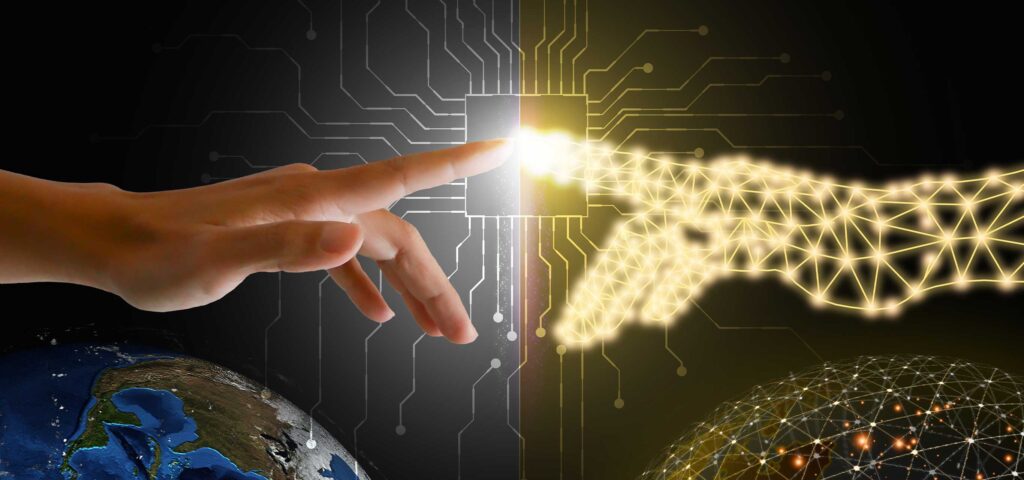
In an era where technology continues to revolutionize industries, digital twins stand out as a transformative innovation. By creating virtual replicas of physical assets, systems, or processes, digital twins enable organizations to simulate, predict, and optimize operations in real-time. As the Internet of Things (IoT) expands, the synergy between digital twins and IoT is reshaping how businesses operate and innovate.
What Are Digital Twins?
A digital twin is a dynamic virtual model that mirrors a physical object or system. It collects data from sensors embedded in the physical counterpart, allowing the virtual model to replicate its behavior and conditions. This continuous exchange of information creates a real-time connection, enabling advanced analytics and decision-making.
The Role of IoT in Digital Twins
IoT acts as the backbone of digital twins by providing the data streams needed for accurate modeling. Sensors and connected devices gather critical information such as temperature, pressure, or performance metrics. This data is then transmitted to the digital twin, enabling precise monitoring, simulation, and optimization.
For example, in manufacturing, digital twins can monitor the health of machinery, predict maintenance needs, and minimize downtime. In smart cities, they can optimize traffic flow, manage energy consumption, and improve public services.
Benefits of Digital Twins
- Improved Operational Efficiency: Digital twins help organizations identify inefficiencies, reduce waste, and enhance productivity.
- Predictive Maintenance: By analyzing real-time data, digital twins can predict potential failures and recommend proactive maintenance.
- Enhanced Product Design: Engineers can test and refine prototypes in a virtual environment before physical production, saving time and resources.
- Risk Mitigation: Simulating scenarios allows businesses to foresee potential issues and implement solutions before they occur.
Applications Across Industries
- Healthcare: Digital twins of patients enable personalized treatment plans and surgical simulations.
- Automotive: Virtual models of vehicles enhance design, testing, and maintenance.
- Energy: Power plants and grids use digital twins for performance optimization and fault detection.
- Aerospace: Aircraft manufacturers simulate and monitor components to ensure safety and reliability.
Challenges and Future Prospects
While the potential of digital twins is immense, challenges such as data security, integration complexity, and high implementation costs remain. Addressing these hurdles will be crucial for broader adoption.
Looking ahead, advancements in artificial intelligence, machine learning, and 5G connectivity are expected to enhance the capabilities of digital twins. As these technologies mature, digital twins will become more accessible and impactful, driving innovation in ways we have yet to imagine.
Digital twins are unlocking new possibilities in IoT and beyond. By bridging the physical and digital worlds, they empower organizations to operate smarter, innovate faster, and deliver better outcomes. As this technology evolves, its impact on industries and everyday life will only continue to grow, heralding a future where the virtual and physical coexist seamlessly.